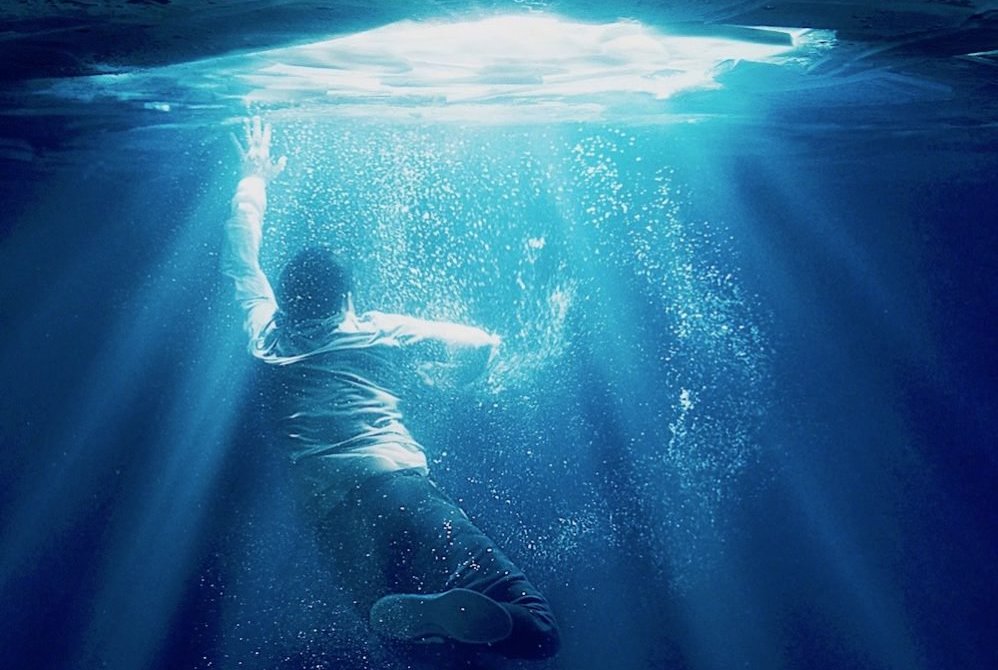Movie Info
Movie Info
- Director
- Roxann Dawson
- Run Time
- 1 hour and 56 minutes
- Rating
- PG
VP Content Ratings
- Violence
- 1/10
- Language
- 0/10
- Sex & Nudity
- 0/10
- Star Rating
Relevant Quotes
Then Jesus told them a parable about their need to pray always and not to lose heart. He said, 的n a certain city there was a judge who neither feared God nor had respect for people. In that city there was a widow who kept coming to him and saying, “Grant me justice against my opponent. For a while he refused; but later he said to himself, ‘Though I have no fear of God and no respect for anyone, yet because this widow keeps bothering me, I will grant her justice, so that she may not wear me out by continually coming.’
And he said to them, “I am deeply grieved, even to death; remain here, and keep awake. And going a little farther, he threw himself on the ground and prayed that, if it were possible, the hour might pass from him. He said, ‘Abba, Father,’ for you all things are possible; remove this cup from me; yet, not what I want, but what you want.”

This is that rare, and pleasing, faith based film that does not try to convert its audience. Veteran TV director Roxann Dawson has teamed with writer Grant Nieporte to bring Joyce Smith’s book to life. It is the true story of 14-year-old John Smith’s miraculous survival from a drowning in January 2015.
As we learn in scenes leading up to the accident, John (Marcel Ruiz) is a basket ball player troubled because he knows so little of his past that he resists a teacher’s class assignment to give a report on his family roots. He was adopted by Brian (Lucas) and Joyce (Chrissy Metz) Smith when they were part of a missionary trip to Guatemala. Thus he is struggling with his feelings of being abandoned, even though he has fit into life in Lake St. Louis, Missouri.
On that fateful January day he is fooling around with friends on the lake ice, even though they were warned by the manager of the restaurant bordering the lake that the ice was dangerous. All three of the boys plunge into the cold waters when the ice gives way beneath them. Two of the boys manage to climb out, but John remains deep beneath the ice sheet. Fortunately the manager sees their plight and calls the fire department. The divers are not able to locate the submerged boy with their hooked poles. They are about to give up when one of them, Tommy Shine (Colter), hears a voice telling him to try one more time. He does, and finds that he has snagged John’s body.
The boy is rushed to the local hospital, but the emergency team is unable to revive him. Led by Dr. Sutterer, they are ready to disconnect John when there is no trace of a pulse, the boy had been submerged for 15 minutes. However Joyce is not ready to give up. She fervently prays, and a blip appears on the heart monitor. There is a pulse, so the doctor recommends John be transferred to a larger hospital staffed by an expert in cases like John–Dr. Garrett (Dennis Haysbert). But he offers little hope, John having been unconscious for so long. Joyce will not hear of giving up, continuing to pray as she remains by her son’s bed. She is joined by her pastor Jason Noble (Topher Grace), whom she has resented because of his liberal ways and unusual haircut. He refuses to be put off, virtually camping out with the mother and father. As hours turn into days, the kids and parents back home learn of John’s plight through the media. They gather in a vigil to show their support, including prayers from the congregation. I don’t need to tell you that John finally merges from his coma, to the amazement of the medical staff and the rejoicing of the family’s supporters.
The film escapes the too often saccharine sentimentalism of such movies by showing Joyce as a flawed believer who is hard on the doctors, her husband, and anyone else coming into contact with John. During the ordeal she snaps at people, yelling that no one must speak a negative word in the room. She tries to banish Pastor Noble (he is well named), but he refuses, so that gradually her hostility is worn down, and she accepts his support.
Perhaps the most moving scene is near the end when the Smiths with John are back in church, and the pastor starts asking people to stand—first, the first responders, then the medical staff, then those who came to the vigil, and those who prayed for John. It is a visible way of showing the family that they are surrounded by what a Scripture passage calls “a great cloud of witnesses,” something that we all need to see. Thus, this is a film about faith, the perseverance of a mother—Joyce is as fierce as any of those played by Susan Sarandon (see Lorenzo’s Oil), and community.
The film is also distinguished by the theodicy issue it raises when a teacher wonders aloud to John about God saving his life but not that of her sick husband’s. Also at school a girl is troubled that John survived but not her mother who died from cancer. The only “answer” that John, obviously also bothered by such questions, can come up with is a rediscovered sense of living a life of service, a sense of purpose that he had not felt before. This called to my mind the admonition in Saving Private Ryan of Tom Hank’s dying Captain Miller that Ryan live a life worthy of the sacrificial death of himself and the other members of his squad.
People of faith and others as well can enjoy the story as one of dedication and working together to support a family in deep need. Some will say that it was “coincidence” that John’s pulse returned again, or that he awoke with all of his senses from his trauma intact. Believers will respond with the usual question raised when “It was just a coincidence” that explains a miracle–”But why did it happen just at that moment? The classic example is in the case of the Biblical story of the parting of the Red Sea, enabling the escaped Hebrew salves to safely flee from their Egyptian pursuers intent on dragging them back into slavery. The writer includes the “natural cause,” “a strong east wind that blew all night” (Ex. 14:21), but the “why, or better, the Who, is theological, “God drove…” Like the Scripture, the film affirms that it was the community—first res ponders, medical staff, family, and community, working with God to produce a miracle.
Note: I was interested to see that the film’s produce is DeVon Franklin, whom I once interviewed–see the Jul/Aug 2011 issue of Visual Parables.

